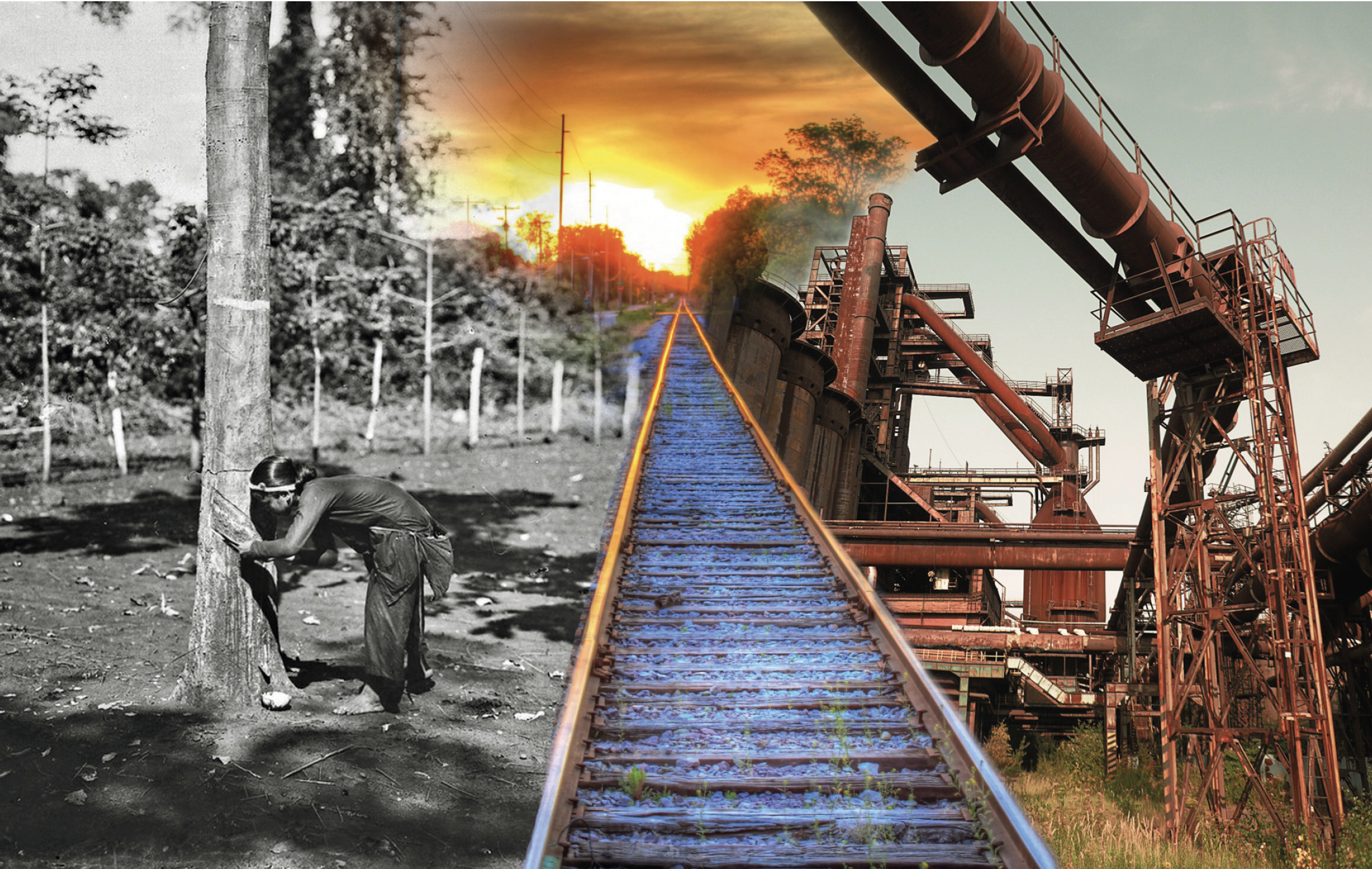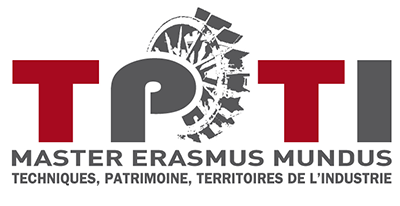Paysages techniques : approches croisées
13e workshop international TPTI
26 septembre 2022, Paris

The workshop aimed to bring together specialists from a variety of backgrounds to explore the theme of technical landscapes. Landscape is a recurring theme of study among architects, landscape architects, geographers and historians. However, the relationship between technology and landscape has only been a central concern for researchers since the 1970s, when most European countries underwent a process of deindustrialization. Studies on industrial heritage then led to an interest in the landscapes resulting from industrial activity.
Landscape can be seen as the combination of nature (physical elements) and the point of view adopted on this nature. The gaze acts as a frame, defining the limits of the landscape. Thus, over time, the evolution of viewpoints has modified the interpretation of the notion of landscape. At the same time, the landscape expresses a dual essence: physical and social, through the identification of the communities involved in its transformation. To study it, we need to reconstruct these contexts. As stated in the European Landscape Convention of 2000, landscape is "a part of the territory as perceived by people, whose character results from the action and interaction of natural and/or human factors".
Man's various technical activities have constantly modified his environment. Examples include convents and monasteries, with their complex hydraulic systems, or the multiplication of fortifications along borders. In the 19th century, the development of major regional infrastructures, such as railroads, which required the construction of bridges and viaducts, considerably transformed landscapes. An identical process took place with the major structures for energy production, increasingly necessary in a world where gas, electricity and even renewable energies were becoming essential to the functioning of the economy and private and collective life. Thus, the great dams that imposed walls between mountains and diverted rivers, creating large artificial lakes, changed not only landscapes, but also climate, ecosystems and the settlement of populations.
The construction of the urban infrastructures needed to modernize cities, the opening up of streets and the development of spaces for the construction of new urban facilities and factories have similarly shaped the image of the city, transforming it into a "living machine".
The workshop was devoted to these different technical landscapes. Several lines of inquiry linked to current research were proposed:
- The location of convents on the territory and their impact on the landscape;
- Territory, landscape and fortifications;
- Historic gardens, anthropic factors and nature;
- Territorial governance, strategic options for sustainable development, the benefits of traditional practices and uses;
- Landscape, ecosystems and indigenous lifestyles: a fragile but decisive relationship;
- Transport networks (major roads and freeways, ports, railroads) and their impact;
- Major public works and their impact;
- The development of means of transport and new ways of seeing the landscape;
- The perception of landscape through literature, engraving, painting and photography.
PROGRAM
Session 1. Paysages de l’industrie
Présidente de séance Ana Cardoso de Matos (Professeure, Université d’Evora)
- Les images comme source d'études des paysages de l’innovation technique : les marbres de Vila Viçosa, Borba et Estremoz (Portugal). Armando Quintas (Phd, Cidehus - Université d'Évora / Centre des Études Cechap).
- Les paysages sidérurgiques lorrains à l’épreuve de la désindustrialisation. Julien Maion (Master Erasmus Mundus TPTI, promotion Omonoia).
- Le paysage manufacturier « Le marche ». Héritages industriels et fractures dans les territoires du district de la chaussure. Silvia Tardella (Phd, Università Politecnica delle Marche).
Session 2. Paysages de l’eau
Président de séance Marco Bertilorenzi (Professeur, Université de Padoue)
- Les rivières tchécoslovaques chantent dans les fils électriques : changements dans le paysage historique en relation avec la construction des cascades des hydrocentrales dans les rivières Vltava et Váh. Marcela Efmertová (Professeur, Laboratoire d´histoire (électro)techniques - Faculté d´électricité de l´Université polytechnique de Prague), Martin Domik Hrtus (Doctorant, Laboratoire d'histoire (électro)techniques - Faculté d´électricité de l´Université polytechnique de Prague).
- A riverine landscape of Dhaka: analysis and identification of cultural landscape of the city. Fahima Salam (Master Erasmus Mundus TPTI, promotion Dekapente).
- La forêt bâtie par le caoutchouc. La construction du paysage amazonien. Mauricio Meza (Master Erasmus Mundus TPTI, promotion Omonoia).
- Water Landscape as engine of electricity in Mexico. Necaxa hydropower plant: Mexican industrial heritage site. Jorge Paez Vieyra (Professeur, Faculty of Architecture, Universidad Nacional Autonoma de Mexico).
Table ronde. Paysage, gestion, impact : une trilogie dynamique ?
Modération de la table ronde, Antónia Fialho Conde (Professeure, Université d’Evora)
- Mouid Hani (Chercheur, Institut National du Patrimoine de Tunisie).
- Jaya Pargade-Klitzke ((Master Erasmus Mundus TPTI, promotion Dekapente).
- Joaquín Díez-Canedo Novelo (Master Histoire de l’architecture, University College London).
- Carolyn Aguilar-Dubose (Professeure, Department of Architecture, Urbanism and Civil Engineering - Universidad Iberoamericana).
Conclusion.
Giovanni Luigi Fontana (Professeur, Université de Padoue).





